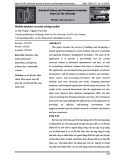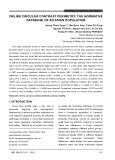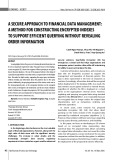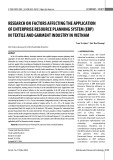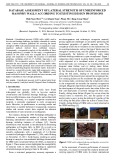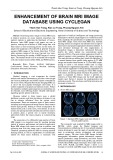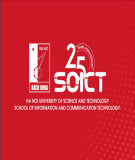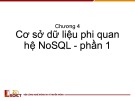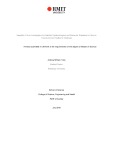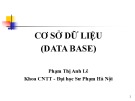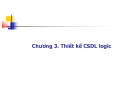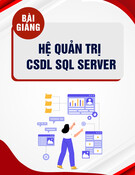Tuning the Operating System
19
Copyright © Oracle Corporation, 2002. All rights reserved.
Objectives
Identify similarities between OS and DB tuning
After completing this lesson, you should be able to do the following: • Describe different system architectures • Describe the primary steps of OS tuning • • Understand virtual memory and paging • Explain the difference between a process and a
thread
19-2
Copyright © Oracle Corporation, 2002. All rights reserved.
Operating System Tuning
Memory
SGA
Non-Oracle processes Oracle processes
OS
19-3
Copyright © Oracle Corporation, 2002. All rights reserved.
OS and DB files
System Architectures
The Oracle database can run on different system architectures. Some examples are: • Uni Processor systems • Symmetric multiprocessing systems (SMP) • Massively parallel processing systems (MPP) • Clustered systems • Nonuniform memory architecture systems (NUMA)
19-4
Copyright © Oracle Corporation, 2002. All rights reserved.
19-5
Copyright © Oracle Corporation, 2002. All rights reserved.
Virtual and Physical Memory
MMU
19-6
Copyright © Oracle Corporation, 2002. All rights reserved.
Virtual memory Physical memory Page table possibly with ISM
Paging and Swapping
Memory
Process Page
19-7
Copyright © Oracle Corporation, 2002. All rights reserved.
Swap device
Tuning Memory
• Database tuning can improve paging performance
•
•
by locking SGA into real memory. The DBA should monitor real and virtual memory use. The DBA should use intimate shared memory, if it is available.
19-8
Copyright © Oracle Corporation, 2002. All rights reserved.
Tuning I/O
Memory
CPU
System bus
19-9
Copyright © Oracle Corporation, 2002. All rights reserved.
I/O controller I/O controller I/O controller
Understanding Different I/O System Calls
Operating systems can perform disk I/O in two different ways: • Normal (blocking) I/O • Asynchronous (nonblocking) I/O is implemented on
most platforms and file systems
19-10
Copyright © Oracle Corporation, 2002. All rights reserved.
CPU Tuning
• Guidelines:
– Maximum CPU busy rate: 90% – Maximum OS/User processing ratio: 40/60 – CPU load balanced across CPUs
• Monitoring: – CPU – Process
19-11
Copyright © Oracle Corporation, 2002. All rights reserved.
19-12
Copyright © Oracle Corporation, 2002. All rights reserved.
Process versus Thread
Oracle processes
p m o n s m o n d b w 0 l g w r c k p t a r c 0
S Q L P L U S
P r o c e s s e s
SQL*PLUS process Oracle.exe process
Thread Threads
T h r e a d s
19-13
Copyright © Oracle Corporation, 2002. All rights reserved.
Summary
Identify similarities between OS and DB tuning
In this lesson, you should have learned how to: • Describe different system architectures • Describe the primary steps of OS tuning • • Understand virtual memory and paging • Explain the difference between a process and
a thread
19-14
Copyright © Oracle Corporation, 2002. All rights reserved.




